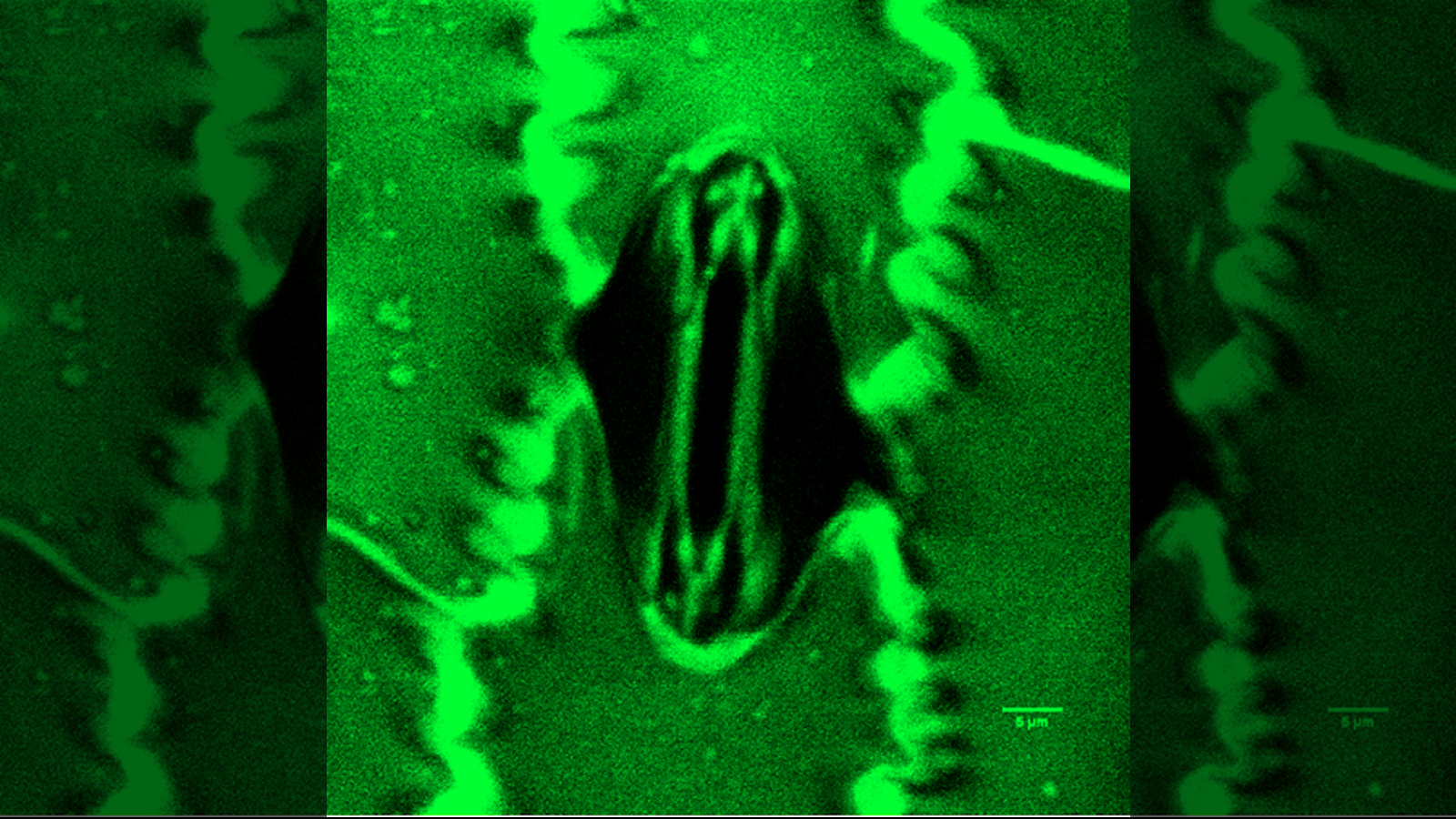
Images: Trip to the Coral Triangle
Coral Tri Detail
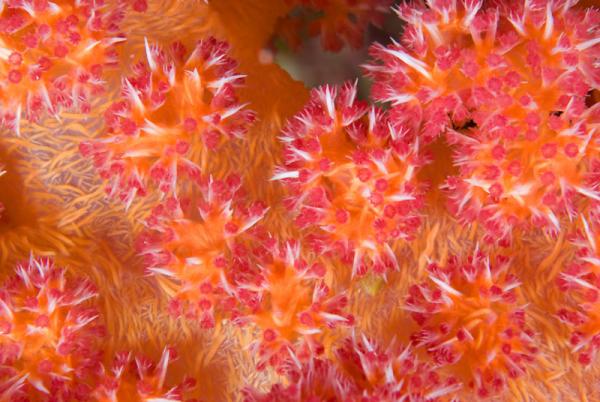
Soft coral detail (dendronephthya sp.), New Britain, Papua New Guinea: one of the colorful namesakes of a new book called, "The Coral Triangle."
The 272-page coffee table book of vibrant photographs and essays from conservation experts profiles the so-called Coral Triangle, a vast region of the southern Pacific Ocean, and one of the richest areas of marine life on the planet.
The region is facing a multitude of threats to its marine residents and to the humans who depend upon them. Click through to see images from an 18-month journey in the region, which took husband-and-wife wildlife photography team Jürgen Freund and Stella Chiu-Freund to some wild and remote spots.
Coral Tri Turtles
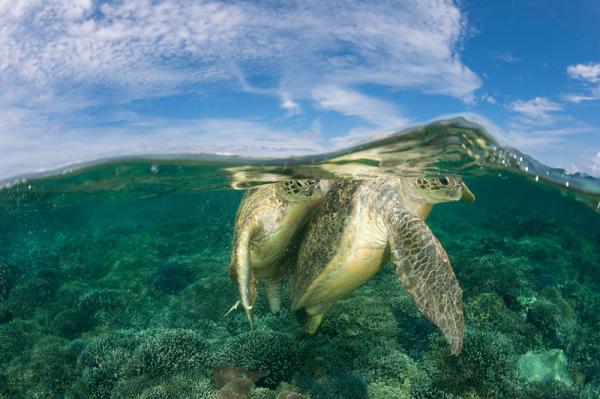
Mating green turtles, Sipadan Island, Malaysia
This split-level image of mating green turtles (Chelonia mydas) in the reef shallows is the cover shot for the newly-released book. "The Coral Triangle," printed in a limited run, and sponsored by WWF, the Asian Development Bank (ADB), and the Freund Factory.
The book includes more than 400 photographs of a region of the ocean encompassing the waters of Indonesia, Malaysia, the Philippines, Papua New Guinea, Solomon Islands, and Timor-Leste.
Coral Tri Mandarin
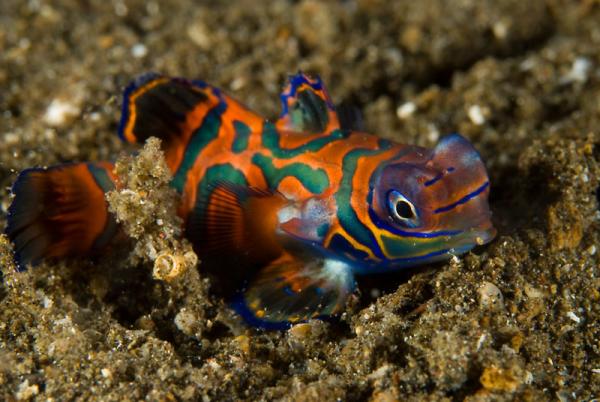
Mandarin fish or Mandarin dragonet (Synchiropus splendidus), New Britain, Papua New Guinea.
The Coral Triangle, an area equivalent to roughly half the United States, is home to more than 2,200 species of reef fish.
Coral Tri Moromabo
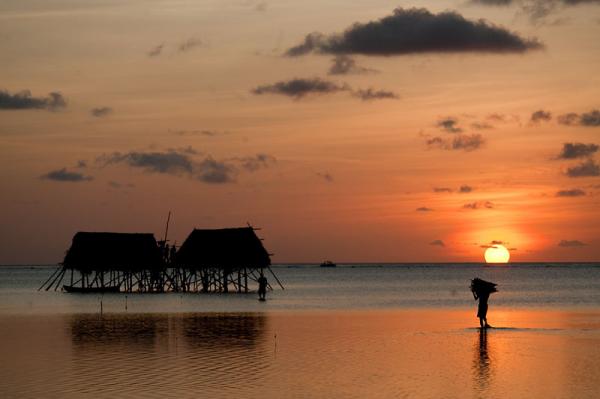
Moromaho Island, South Sulawesi, Indonesia
A farmer brings in the firewood.
The houses on stilts are inhabited by copra farmers during a twice-a-year harvest season. Millions of people live in the Coral Triangle, and depend upon the region's rich sea life, which is a huge economic resource not only in terms of food, but also in the tourist dollars it brings in.
Coral Tri Nudibranch
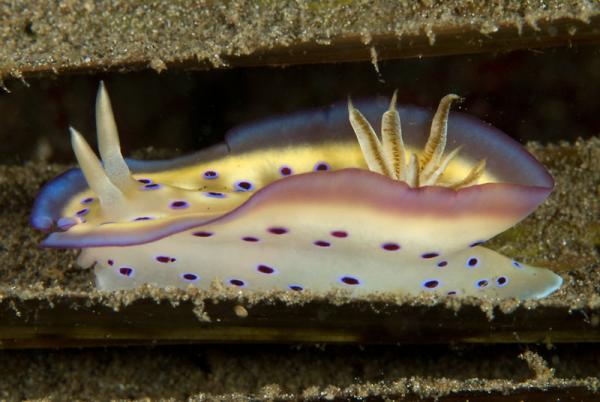
Nudibranch (Chromodoris Kuniei), New Britain, Papua New Guinea.
Coral Tri Reef

Destroyed reef, Bicol, Philippines.
This dead coral reef was destroyed either by dynamite fishing or cyanide fishing. More than 2 million of the region's 120 million residents fish for a living, and increasing population, combined with industrial fishing, is putting pressure on the Coral Triangle's fish and other sea life.
Coral Tri Squirts Tunicates
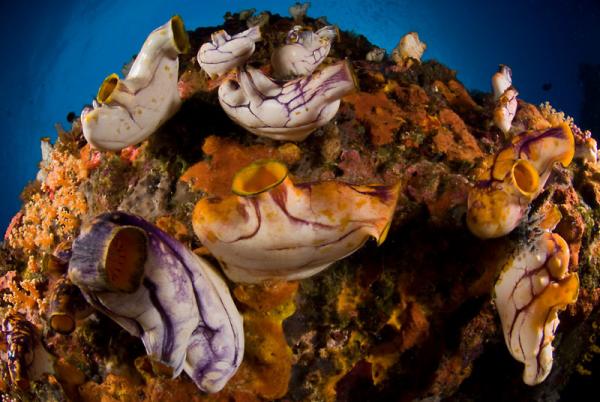
Sea squirts and tunicates, also called ascidians, on corals, Papua New Guinea. These filter feeders eat by pumping seawater through their bodies, and siphoning out the nutrients therein.
Get the world’s most fascinating discoveries delivered straight to your inbox.
Coral Tri Boy
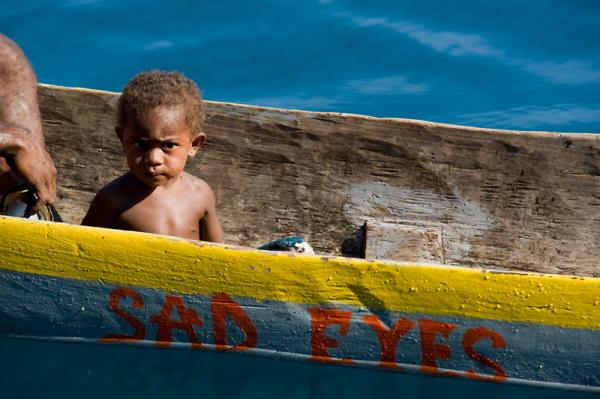
Papuan boy sitting in a boat named Sad Eyes, New Britain, Papua New Guinea.
Coral Tri Trevallies
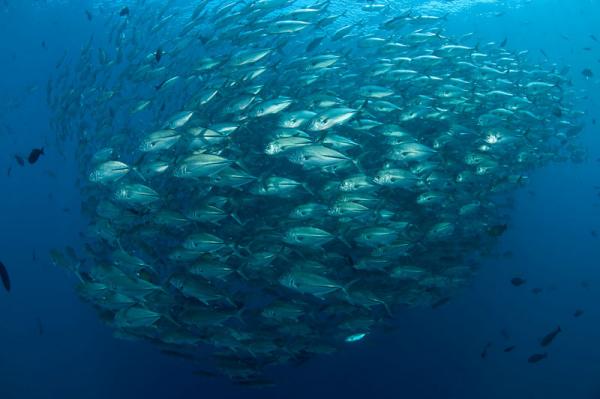
Large schooling bigeye jacks or trevallies (Caranx sexfasciatus) at the edge of the reef, Sipadan Island, Sabah, Malaysia.
Coral Tri Tuna

A man hefts a tuna out of the water in Puerto Princesa, the Philippines.
On the day the Freunds visited the port town, locals caught tuna for several hours in the morning. The giant fish were sold for about 65 pesos a kilo at the local market. Much of the higher quality tuna were shipped to Japan.
 Live Science Plus
Live Science Plus






